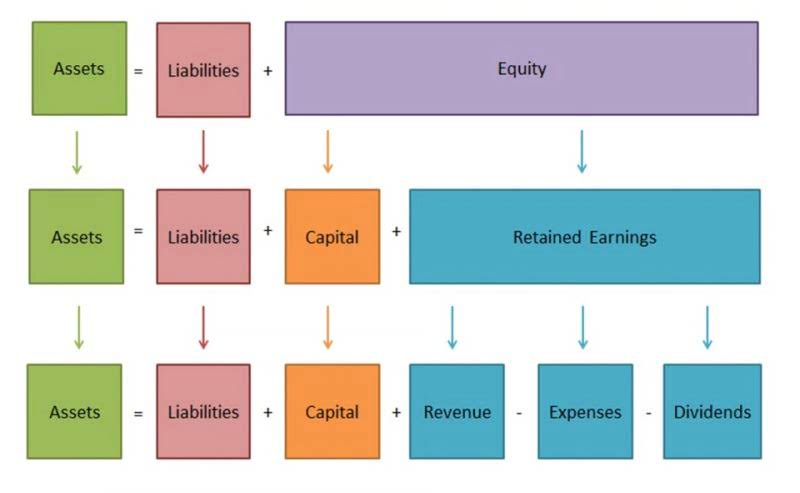
Fixed costs are costs that don’t change https://www.bookstime.com/ in response to the number of products you’re producing. And, because each unit requires a certain amount of resources, a higher number of units will raise the variable costs needed to produce them. Variable costs earn the name because they can increase and decrease as you make more or less of your product. The more units you sell, the more money you’ll make, but some of this money will need to pay for the production of more units.

Can you provide a clear example of a variable cost in a manufacturing context?
Having a clear returns policy and making the fixed assets process fast and easy for the customer is essential. While you can always try to get customers to spend more (or you can charge them more money), the root cause of low margins is often high costs for the business. Take the case of a small ecommerce business called PetsCo, which produced 100 units of an 80 lb bag of premium dog food in February 2022.
Total Variable Cost vs. Average Variable Cost
- For example, if your variable cost per unit is $5 and you’re producing 500 units, your total variable cost would be $2,500.
- The contribution margin is your product’s selling price minus its variable cost per unit.
- Identify opportunities for cost reduction by experimenting with lower variable cost values in the calculator.
- Each storage unit is prorated on a monthly basis, so if, for example, you only had inventory in a storage location for half of the month, you will be charged 50% of the cost.
For example, if your variable cost per unit is $5 and you’re producing 500 units, your total variable cost would be $2,500. For example, if your total variable cost is $10,000 and your output is 2,000 units, your average variable cost is $5. Understanding your variable costs can help benefit your business, from helping you determine your pricing to make informed decisions that can help increase your profitability. Contrary to this, if the same company produces 1000 fewer T-shirts than normal production, the variable costs decrease and it increases the gross profit margin. Some of the most common variable costs include physical materials, production equipment, sales commissions, staff wages, credit card fees, online payment partners, and packaging/shipping costs.
- This method is useful for management decision-making, as it provides a clearer picture of the impact of changes in production levels on costs and profitability.
- It represents how much money can be generated by each unit of a product after deducting the variable costs and, as a consequence, allows for an estimation of the profitability of a product.
- If you want your business to be profitable, understanding variable costs is a key component to ensuring that happens.
- That said, labor completed by salaried employees is a fixed cost because it is the same every pay period, regardless of hours worked.
- Let’s assume that it costs $10 in raw materials and $20 in direct labor to create a single t-shirt.
- Depending on your company’s output, variable costs may be higher or lower than before.
Formula
It is essential to keep track of the cost of direct labor and materials as they can significantly impact the bottom line. Regularly reviewing and analyzing these costs can help identify opportunities for cost savings. For more information on calculating variable costs, check out this resource from Investopedia, a trusted source for financial information. In February 2022, the variable cost incurred was $3,000, which includes raw materials, electricity, and labor.

Fixed Cost: What It Is & How to Calculate It

This calculator variable cost helps you determine the total cost by combining fixed costs and variable costs on a per-unit basis. Simply input your fixed costs, variable costs per unit, and the number of units produced, then click “Calculate” to see the total cost. When variable costs are low, the company has high operating leverage. Variable costing is a method of costing that only includes variable costs in the cost of goods sold calculation. This method is useful for management decision-making, as it provides a clearer picture of the impact of changes in production levels on costs and profitability.